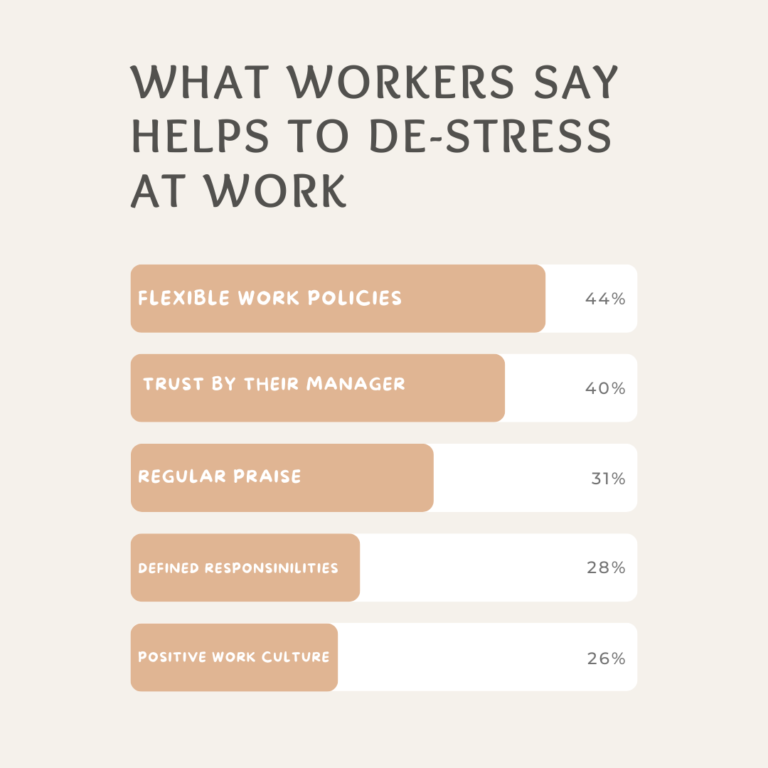Stress Awareness Month 2024 takes place throughout April. Research conducted by Omnia Agency provides insight into the stress at work statistics, using data from a Lattice poll, to determine what both companies and employees can do to help manage stress levels and ways in which they can de-stress both inside and outside of the workplace.
It’s worrying seeing the increasing number of people experiencing stress inside the workplace. 54% of people are stressed at work with 11% reporting that the stress was significant and taking a toll on their work and life. Companies and organisations need to be doing more to support their employees.
Ben Trainor - SEO Account Manager | Omnia Agency
How Stress Is Affecting Different Age Demographics
The data shows that those under 35 are the most stressed age group with 32% being burnt out at work in their current role.
Over 55s are less stressed than under 35s and a reported 8% of under 35s reported their stress as significant.
With 6% of those over 55s being significantly stressed and 14% of those under 35s being significantly stressed.
Reported Factors That Help De-Stress In Work
According to Lattice Poll, the best things to do to de-stress at work are:
- Flexible work policies (44% of people said this)
- Trust by their manager (40% of people said this)
- Regular praise (31% of people said this)
- Defined responsibilities (28% of people said this)
- Positive work culture (26% of people said this)

Stress Coping Mechanisms Outside Of Work
The best things to do outside of work are prioritising things you enjoy, most people who are stressed at work do activities like seeing friends, doing exercise or going on a hike.
How Managers Affect Work Stress
It is reported that 42% of employees feel that their employer does not believe their stress will affect their work.
Also, according to Lattice Poll, 38% of employees believed their employer did not care about their stress levels.
What Can Managers Do To Reduce These Numbers?
Managers can positively affect stress with understanding, realistic targets and positive feedback.
However, it is important to mention that managers are also experiencing high levels of stress, with 35% of managers or team leaders being stressed at work, and 42% of this being stressed because of the stress they put on themselves, according to Forbes.
What Can Organisations Do To Reduce These Numbers?
Ben believes that big organisations should have their own HR department that shows interest in their employees. Perhaps adopting new in-house strategies like weekly meetings or emails to employees that they can fill out, describing how they feel.
For example, the form could include a chart with different stress level percentages and employees can highlight which level they believe they are at currently those who are highly stressed can then be contacted by managers and other hierarchy where they can discuss the reasons for their stress and come up with solutions to reduce this.



